Stone & Wood provides you with a selection of articles on real estate, architecture/design and lifestyle. Check out our latest news as well as information and advice, beautiful properties and high-quality partners to make your real estate project a success.

Raw materials, organic and delicate forms, Agnieszka Owsiany’s art is beautifully mastered. At Stone & Wood, we truly fell in love with her work and are delighted to introduce you to her inspirations and creations through the interview she kindly gave us.
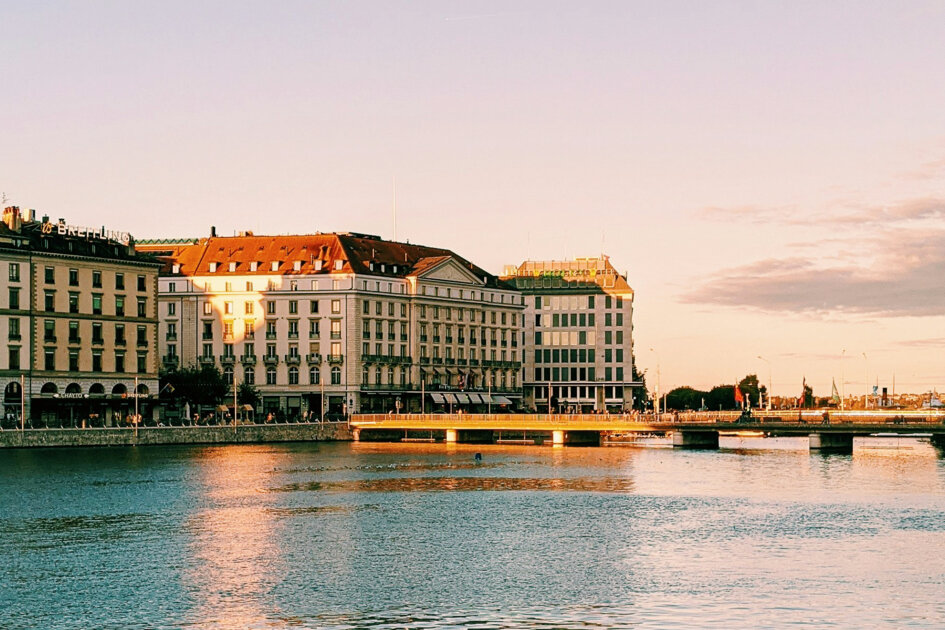
Job Offer – Real Estate Advisor, Switzerland
To support Stone & Wood in its expansion in Switzerland, we are looking for a Real Estate Advisor (M/F) to develop the cantons of Geneva, Vaud, and Valais (mountain region).
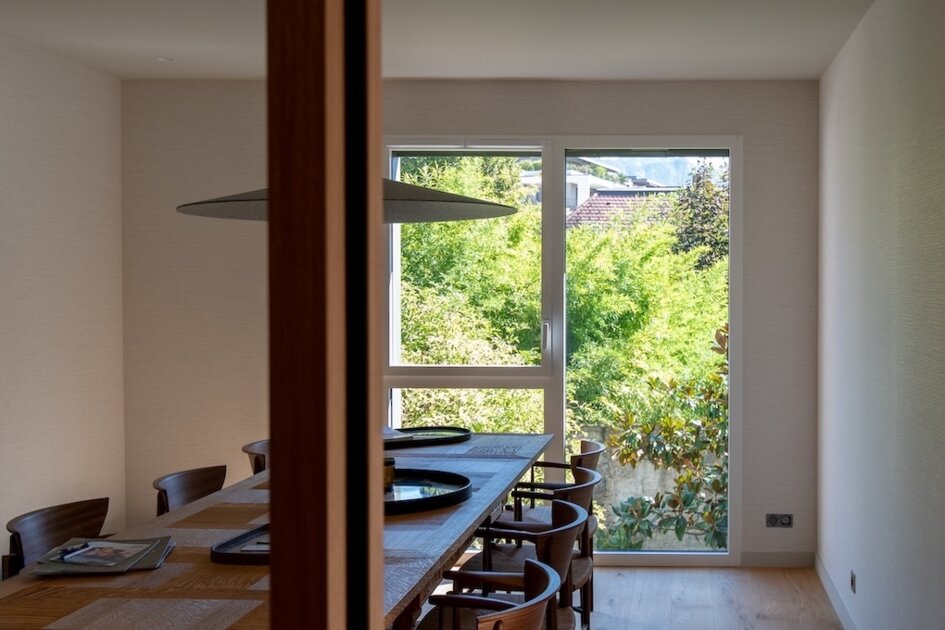
Job Offer – Real Estate Advisor
To support Stone & Wood in its development, we are looking for a Real Estate Advisor (M/F).
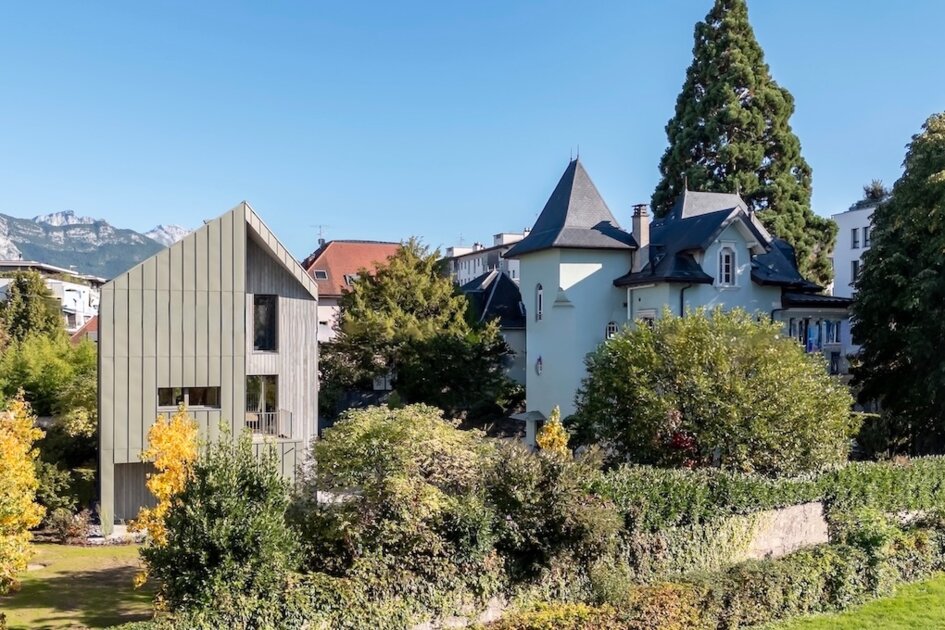
September 2025. Stone & Wood is moving into its new offices. After 8 months of construction, the challenge has been met. We dreamed of a space that would be aesthetic, comfortable, yet also sustainable. These ambitions guided every step of the project: combining design with ecology.
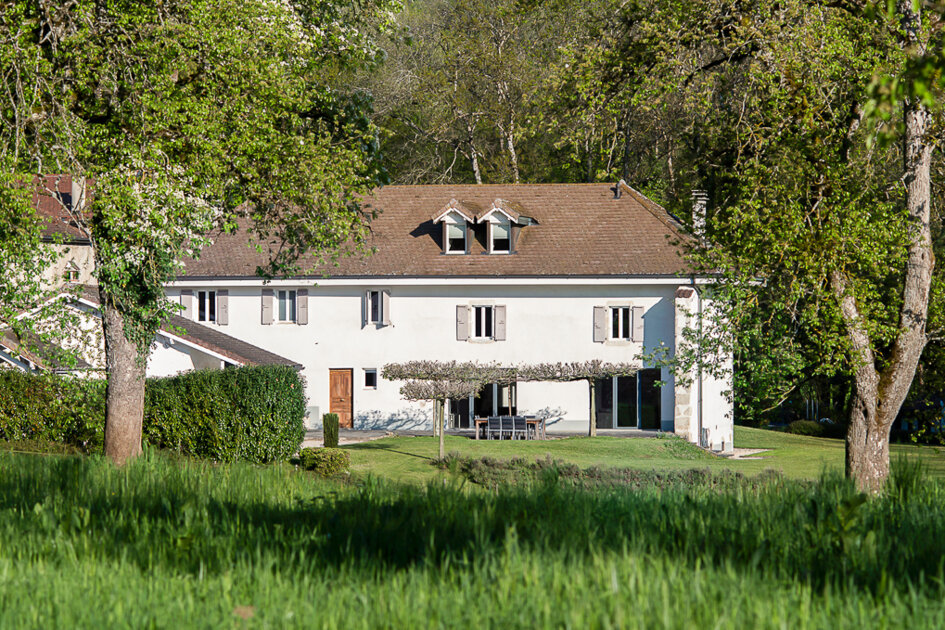
In a quiet setting, between fields and forests, 5 minutes from the centre of Divonne-les-Bains and 15 minutes from Geneva, this typical 18-century farmhouse has been transformed into a beautiful family home.
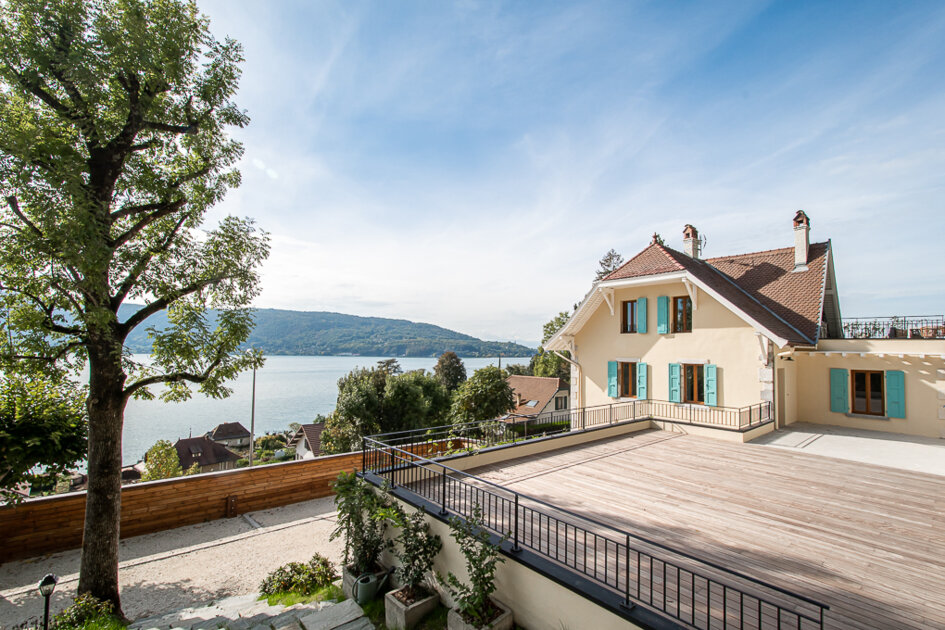
In a sought-after area with stunning views over the lake and the mountains stands the Villa JUGLAIR, one of the first mansions to be built along the shores of Lake Annecy. Fully renovated, the property has now 5 exceptional apartments, in a perfect harmony of tradition and innovation.
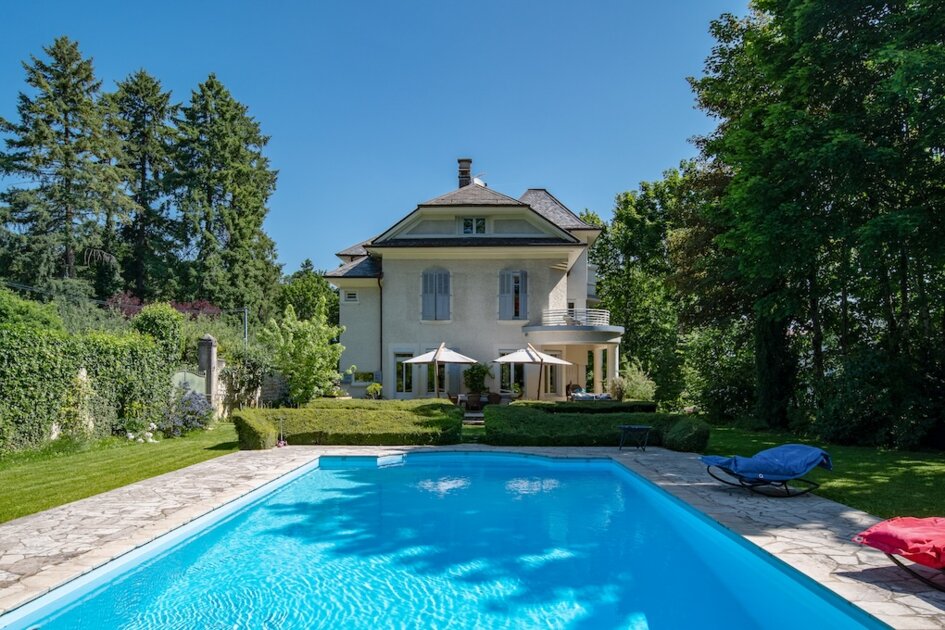
In a calm and peaceful place in the center of the dynamic and sought-after little town of Divonne-les-Bains, this charming house with its wooded park is a perfect family oasis.

